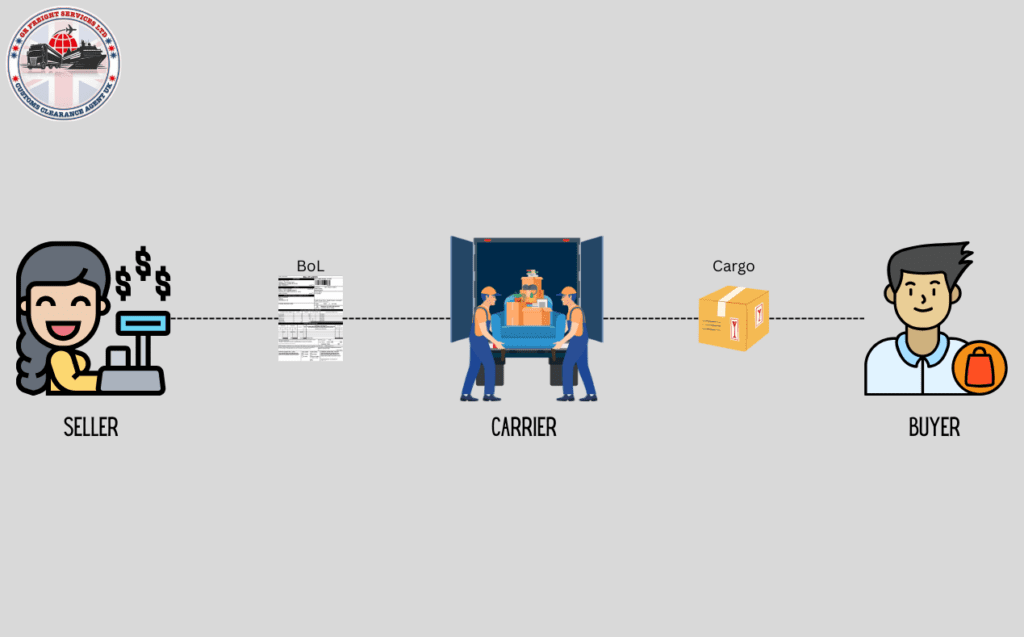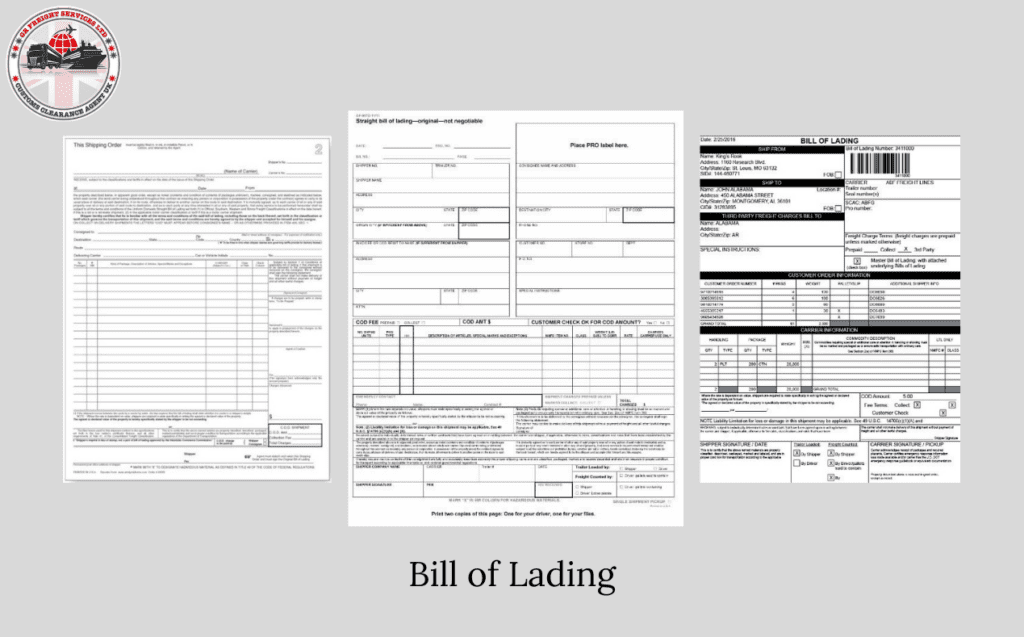What is a Bill of Lading (BoL), and why you need it for trading?
A bill of lading is a vital legal document in international trade and transportation, serving as a contract between the shipper, carrier, and receiver for goods transported by sea or inland waterways. It contains essential information about the goods and the parties involved, ensuring clarity in responsibilities.
Table of Contents
ToggleWhy is a Bill of Lading Important in Customs Clearance?
The importance of a bill of lading in customs clearance stems from the detailed information it provides about the shipment. This includes specifics such as the type and quantity of goods, their weight and dimensions, and crucial details about the shipper and receiver. Acting as proof of ownership, it confirms shipment terms and serves as a receipt of goods.

Proof of Ownership:
The bill of lading functions as a legal document proving ownership of shipped goods. In international shipments, it ensures the correct recipient is responsible for customs fees or taxes, preventing disputes and delays.
Confirmation of Shipment Terms:
Customs officials rely on the bill of lading to verify compliance with regulations. Information on the method of transport, packaging, and any special handling instructions aids in the proper assessment of the shipment, ensuring adherence to import/export requirements.
Receipt of Goods:
Functioning as a receipt, the bill of lading acknowledges goods received by the carrier. This is essential for customs clearance, allowing officials to track the movement of goods and confirm their arrival at the intended destination. The receiver’s signature on the document further validates the receipt of goods in satisfactory condition.
Types of Bill of Lading:
There are a lot of types of bill of lading, depending on the type of shipment and transportation method. Some common types include:
- Straight Bill of Lading: This is a non-negotiable document that is issued to a specific party, usually the consignee named on the document.
- Order Bill of Lading: This is a negotiable document that can be transferred to another party, such as a bank or consignee.
- Seaway Bill of Lading: This is used for shipments that will be transported by sea and does not require the physical exchange of documents.
- Air Waybill: Similar to a seaway bill of lading, this document is used for air freight shipments and does not require physical exchange.
There are still many other types of bill of lading, each with their own specific purpose and use. It is important to choose the correct type for your shipment in order to ensure smooth customs clearance.
Format of a Bill of Lading:
A bill of lading typically contains the following information:
- Date of issue
- Name and address of the shipper
- Name and address of the consignee
- Port of loading
- Port of discharge
- Description of goods
- Quantity, weight, and measurements of goods
- Vessel name and voyage number
- Freight charges and payment terms
- Carrier’s signature and stamp
- Issuing agent’s stamp or company seal
- Any special instructions or remarks

While the format may vary based on the type, essential information remains consistent. Additional elements such as reference numbers and customs documentation may be included, adhering to local laws and regulations.
Conclusion:
In conclusion, a bill of lading plays a pivotal role in customs clearance, providing proof of ownership, confirming shipment terms, and acting as a receipt of goods. Choosing the appropriate type and ensuring comprehensive information in the format facilitate smooth customs clearance for international shipments. Understanding and utilizing a bill of lading correctly is paramount in international trade. Always keep this document readily available and ensure all parties comprehend their responsibilities and obligations as outlined. This diligence prevents disputes and delays, ensuring the successful delivery of goods to their destination. Remember the significance of a bill of lading in customs clearance for a hassle-free shipping experience.
Contact Us:
Recent Blog
-
Say Goodbye to Customs Clearance Hassles with Tilbury's Professional Solutions
-
ATA Carnets Explained: Understanding the Basics and Benefits
-
Understanding EUR1 and EUR-MED Certificates: A Comprehensive Guide
-
Understanding Commodity Codes for Trading Success: A Comprehensive Guide
-
The Definitive Guide to Incoterms for Global Trading Partners
